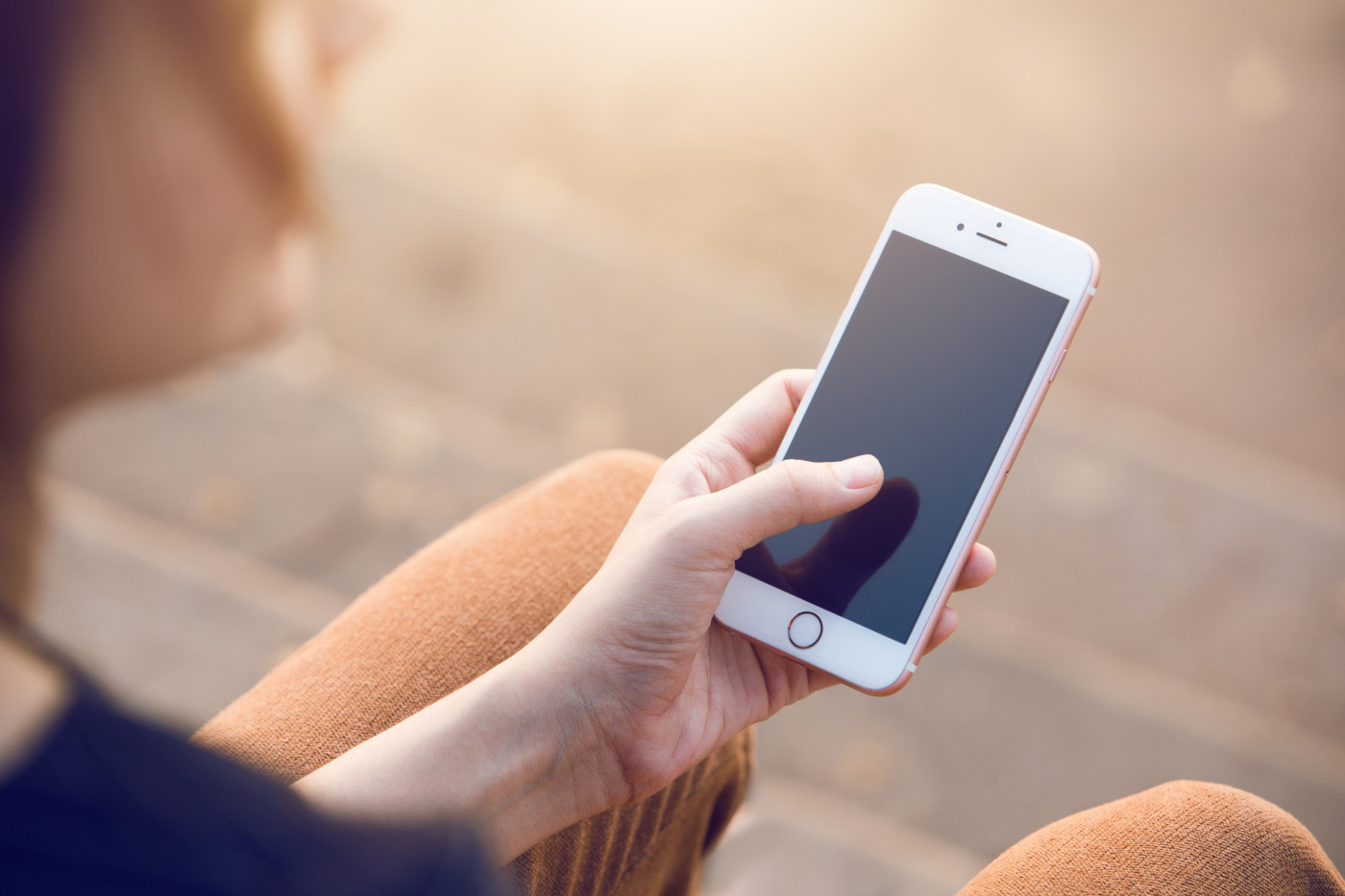Smartphone Technology to Be Used for Cerebral Palsy Screening in Rural Australia

A smartphone app used in remote communities in India will now be used in rural areas of Australia to provide early detection and adequate intervention in babies born with cerebral palsy (CP).
The initiative, called Learning through Everyday Activities with Parents (LEAP-CP), uses video taken on a smartphone to help babies with cerebral palsy receive the care they need. The program is directed by its creator, Katherine Benfer, PhD, a researcher at the University of Queensland in northeastern Australia.
According to Benfer, an inability to access services or a lack of awareness is the reason many mothers in very isolated areas have no way of knowing their babies have cerebral palsy.
The program was designed to use remote technology to help educate mothers of babies with cerebral palsy to improve nutrition and motor and cognitive skills. saving them the long-distance trip to a rehabilitation center.
“We want to provide decentralized care for these children, so they don’t have to travel eight hours on a bus for a one-hour session of physiotherapy and then travel home again,” Benfer said in a university news story.
“Our aim is to upskill mothers from within the community and offer therapeutic intervention in the home so that they can be their baby’s first and best teacher, and consequently provide better outcomes for babies with cerebral palsy,” she added.
Benfer is currently working with community and government health workers in Kolkata and rural West Bengal in India to provide the necessary training to help health workers assess and provide early intervention for babies at risk for cerebral palsy.
The researcher is working with the assistance of the University of Queensland’s Cerebral Palsy and Rehabilitation Research Centre. Its efforts have contributed to the collection of used and unwanted smartphones to take to India.
Benfer is installing a Baby Moves app in these smartphones to assess the babies’ “general movement” pattern.
“The assessment video is provided using the Baby Moves app, which requires a three minute video of a baby’s movements,” she said. “If the ‘general movement’ pattern is lacking, we know the baby is 98 percent likely to have cerebral palsy.”
So far, the research team has found that one-third of the 400 babies screened in Kolkata were at high risk of the disease.
The pilot program in India is showing promising results. Benfer reported that once a baby was diagnosed, community workers were able to teach parents active learning therapies to help improve the child’s “feeding, play, vision, cognition and to provide age-appropriate learning experiences.”
In Australia, the program will be adapted to suit remote the culture of indigenous Australian communities, with the assistance of a national Early Career Fellowship and funding from the Cerebral Palsy Alliance. The project will likely be launched in Far North Queensland in November 2018.


